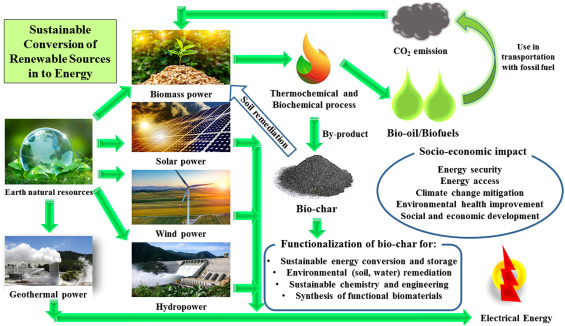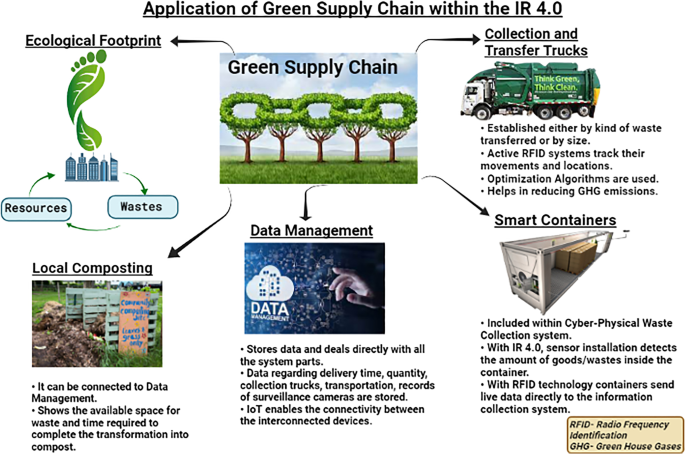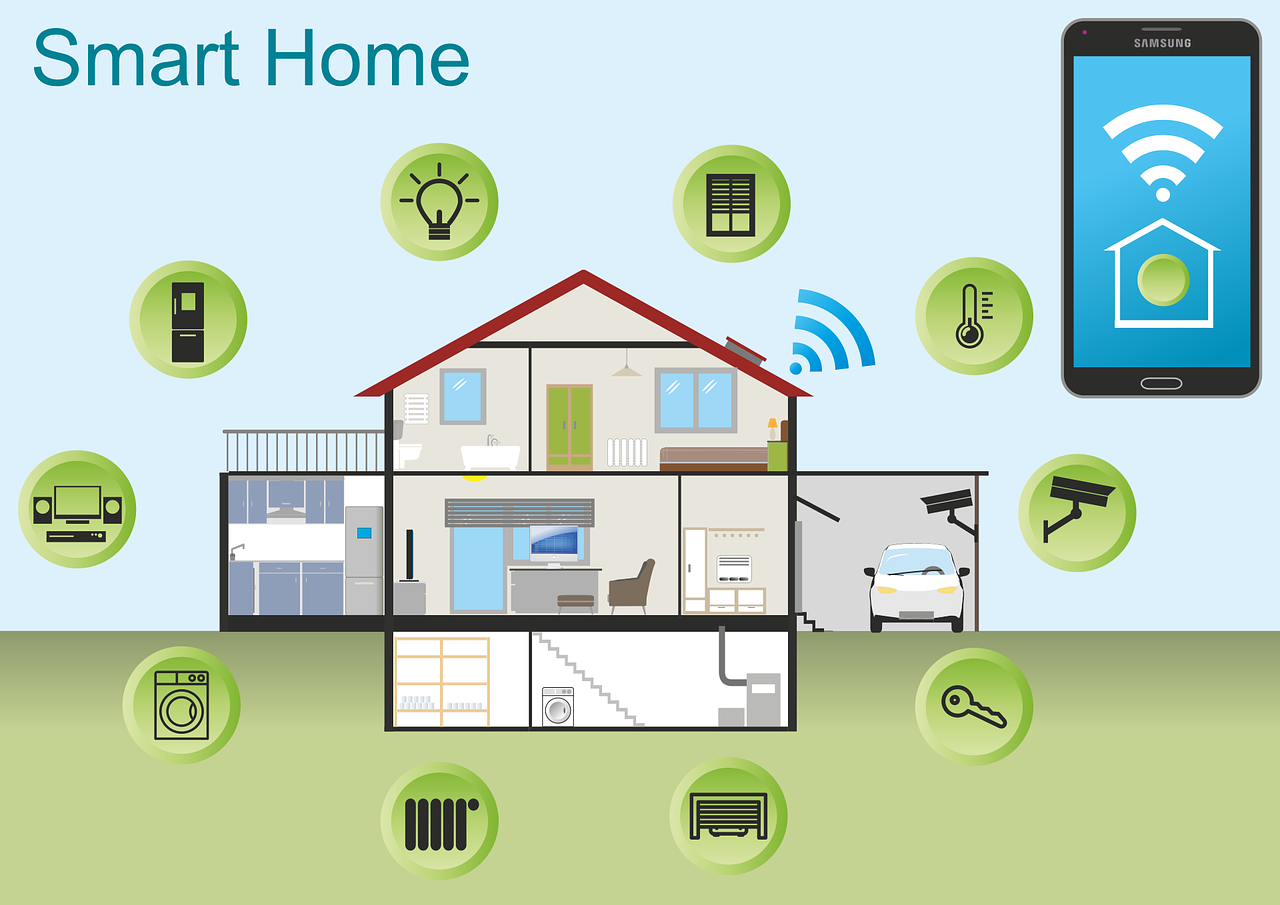Unlocking the Potential of Green Technology
In recent years, there has been a growing recognition of the pressing need to address climate change and transition to a more sustainable future. One of the key drivers of this transition is the development and adoption of green technology. Green technology encompasses a range of innovative solutions that aim to reduce carbon emissions, promote renewable energy sources, and create a more sustainable and eco-friendly society. In this blog post, we will explore the potential of green technology and how it can transform various sectors while benefiting both the environment and the economy.
1. Green Technology in Energy Production:
Green technology has revolutionized the energy sector by increasing the efficiency of renewable energy sources. For instance, solar panels have become more affordable and efficient, allowing homeowners and businesses to generate clean energy and reduce dependence on fossil fuels. Wind turbines have also advanced, providing a significant source of renewable energy. Additionally, energy storage solutions like batteries are improving, enabling a more reliable and consistent supply of green energy.
2. Green Technology in Transportation:
Transportation is a major contributor to greenhouse gas emissions. Green technology offers promising solutions to reduce this impact. Electric vehicles (EVs) are gaining popularity due to their zero-emission nature and advancing battery technology. Furthermore, the development of charging infrastructure aims to make EVs more accessible and convenient for everyone. Other innovative solutions like hydrogen fuel cells and biofuels are also being explored to decarbonize the transportation sector.
3. Green Technology in Buildings and Infrastructure:
Green technology is transforming the construction industry by promoting sustainable building practices. Smart buildings equipped with energy-efficient systems, such as smart lighting and heating and cooling systems, reduce energy consumption. Additionally, green materials and designs that promote natural lighting and ventilation minimize the environmental footprint of buildings. Furthermore, the integration of renewable energy systems like solar panels on rooftops enhances the sustainability of buildings.
4. Green Technology in Waste Management:
Proper waste management is crucial for reducing environmental pollution. Green technology offers solutions to improve waste treatment processes and reduce landfill waste. Technologies such as anaerobic digesters can convert organic waste into biogas, which can be used for energy production. Recycling technologies continue to evolve, making it easier to recycle various materials and minimize the consumption of virgin resources.
5. Green Technology in Agriculture:
Agriculture is responsible for significant greenhouse gas emissions and environmental degradation. However, green technology is revolutionizing the agricultural sector. Precision farming technologies enable farmers to optimize resource use, minimize chemical inputs, and increase crop yields. Vertical farming and hydroponics offer sustainable alternatives by reducing land and water usage. Furthermore, biopesticides and organic farming practices help minimize the environmental impact of agricultural activities.
In conclusion, green technology presents tremendous opportunities to mitigate climate change and build a sustainable future. By embracing and investing in green technology, we can transition to more eco-friendly and efficient systems in various sectors. From energy production to transportation, buildings, waste management, and agriculture, green technology holds the key to reducing carbon emissions, conserving resources, and creating a greener planet. Let’s unlock the full potential of green technology and pave the way for a sustainable and prosperous future.











